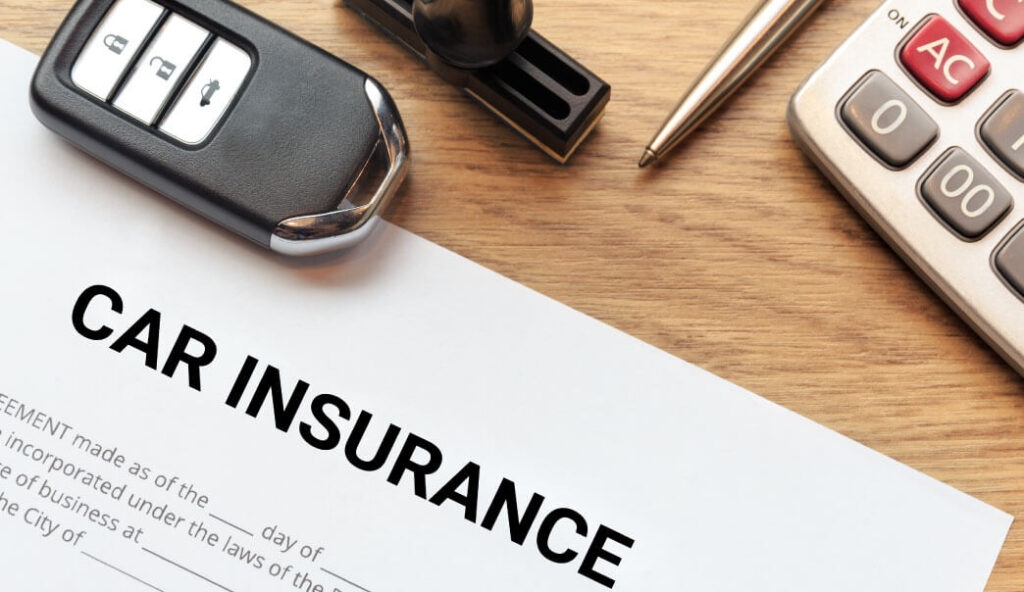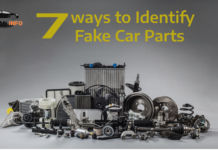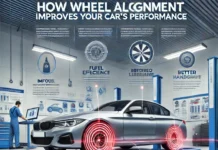Car insurance is essential for every driver. It helps cover financial losses if your car is damaged, stolen, or involved in an accident. With many options available, picking the right one can be confusing. This guide explains car insurance in simple terms so you can make the best choice.
What is Car Insurance?
Car insurance is an agreement between you and an insurance company. You pay a monthly or yearly fee (called a premium), and in return, the company helps pay for car repairs, medical bills, and other costs in case of an accident or other issues.
Types of Car Insurance Coverage

There are different types of car insurance policies. Understanding these will help you choose the right one.
1. Liability Insurance
This covers costs if you cause an accident that damages someone else’s vehicle or property. It does not pay for your own car’s repairs.
2. Collision Coverage
This pays for your car’s damage if you hit another vehicle or object, regardless of who caused the accident.
3. Comprehensive Coverage
This covers damages that are not related to a collision, such as theft, fire, floods, storms, or vandalism.
4. Personal Injury Protection (PIP) or Medical Payments (MedPay)
These cover medical bills for you and your passengers, no matter who caused the accident.
5. Uninsured/Underinsured Motorist Coverage
If another driver without insurance (or with not enough insurance) causes an accident, this coverage helps pay for your costs.
6. Gap Insurance
If you owe money on a car loan and your car is totaled, this insurance covers the difference between what you owe and your car’s actual value.
How to Choose the Right Car Insurance Coverage

1. Assess Your Needs
Consider the following:
- The value of your car
- How often you drive
- Your budget
- Risks you might face
2. Check State Requirements
Each state has different legal minimum coverage requirements. Make sure your policy meets these rules.
3. Compare Insurance Companies
Different insurers offer different rates and benefits. Compare policies based on price, coverage, customer service, and the claims process.
4. Read the Policy Carefully
Make sure you understand what is covered and what is not. Check for deductibles (the amount you must pay before insurance covers the rest) and policy limits (the maximum amount the insurer will pay).
5. Consider Additional Coverage
Some optional coverages may be useful, such as:
- Roadside Assistance – Helps if your car breaks down.
- Rental Car Reimbursement – Pays for a rental car while your vehicle is being repaired.
- Glass Coverage – Covers windshield and window repairs.
Factors That Affect Car Insurance Costs

1. Your Driving Record
Accidents and traffic violations increase your insurance costs. A clean record can lower your premiums.
2. Your Age and Experience
Younger and less experienced drivers usually pay higher rates.
3. Where You Live
Areas with high accident or theft rates have higher insurance costs.
4. The Type of Car You Drive
Luxury and sports cars are more expensive to insure due to high repair costs.
5. Credit Score
A good credit score can help lower your insurance rates.
6. Annual Mileage
The more you drive, the higher your risk of an accident, which can increase your insurance rates.
How to Save Money on Car Insurance

1. Compare Multiple Quotes
Get estimates from different companies to find the best rate.
2. Increase Your Deductible
A higher deductible means a lower premium, but you’ll pay more out of pocket if you make a claim.
3. Bundle Your Insurance Policies
If you have home or renters insurance, bundling it with your car insurance can help you save money.
4. Drive Safely
Avoiding accidents and traffic tickets can lower your rates.
5. Ask About Discounts
Many insurers offer discounts for:
- Safe drivers
- Good students
- Low annual mileage
- Anti-theft devices in your car
What to Do After a Car Accident

1. Check for Injuries
Make sure you and others are safe. Call 911 if necessary.
2. Move to a Safe Location
If possible, move your car to a safe spot to avoid blocking traffic.
3. Call the Police
A police report can help with your insurance claim.
4. Exchange Information
Get details from the other driver, including:
- Name and contact information
- Insurance details
- Vehicle make, model, and license plate number
5. Take Photos
Take pictures of the accident scene, vehicle damage, and any injuries.
6. Notify Your Insurance Company
Report the accident to your insurer as soon as possible.
Common Mistakes to Avoid When Buying Car Insurance
1. Choosing the Cheapest Option Without Enough Coverage
A low-cost policy may not provide enough protection when you need it most.
2. Not Reading the Policy Details
Understand the terms, coverage limits, and exclusions before buying a policy.
3. Forgetting to Update Your Policy
If you move, buy a new car, or change your driving habits, update your policy to ensure adequate coverage.
4. Ignoring Available Discounts
Ask your insurer about discounts that can help you save money.

Conclusion
Choosing the right car insurance is important for your financial security and peace of mind. By understanding different coverage types, comparing policies, and following money-saving tips, you can find the best insurance for your needs. Stay informed, drive safely, and review your policy regularly to ensure you have the best protection.
Do you have any questions about car insurance? Let us know in the comments!








